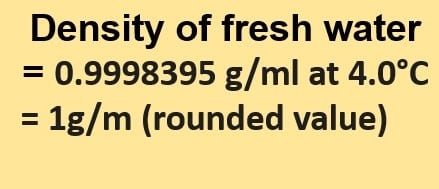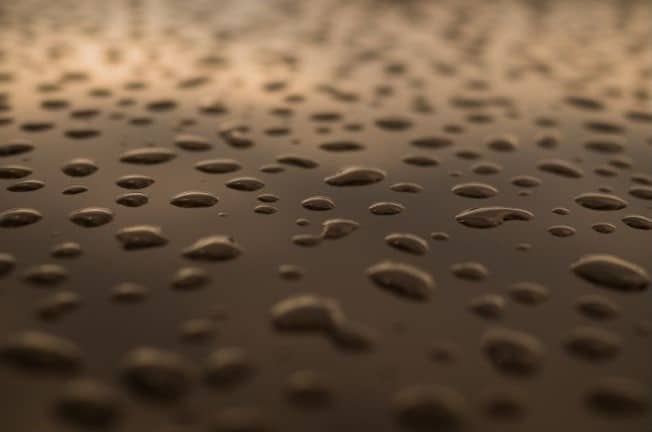Surface charge density (σ) is the quantity of charge per unit area, measured in coulombs per square meter (C⋅m−2), at any point on a surface charge distribution on a two-dimensional surface.
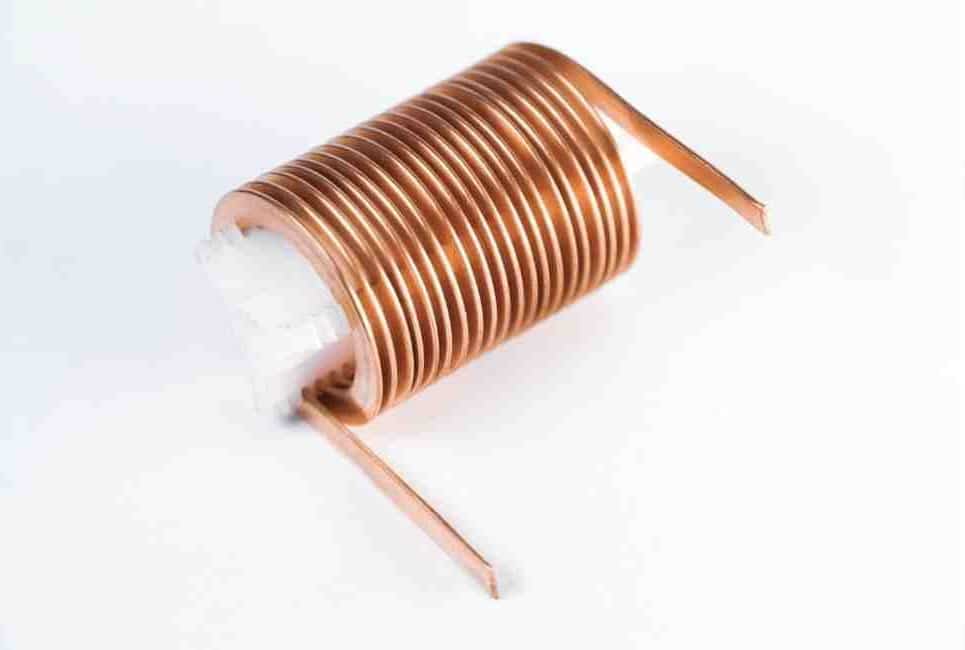
Table of Contents
The formula of Surface Charge Density
If q is the charge and A is the area of the surface, then the surface charge density is given by; σ=qA, The SI unit of surface charge density is Cm–2.
- q = Total charge on our sphere
- A = Surface area of a sphere (4πr2)
- σ = surface charge density
Charge density depends on the amount of charge and surface area of the conductor or the size of the conductor. In electromagnetism, charge density is the quantity of electric charge per unit length, surface area, or volume.
Surface charge density (σ) is the quantity of charge per unit area, measured in coulombs per square meter (C•m−2), at any point on a surface charge distribution on a two-dimensional surface. Volume charge density is the quantity of charge per unit volume, measured in the SI system in coulombs per cubic meter (C•m−3), at any point in a volume.
Electric Field
An electric field (E) is a field or space that occurs around an electrically charged particle and in which another test charge feels an attractive or repulsive force. An electric field is also defined as an electric property associated with a specific location in space when a charge is present.
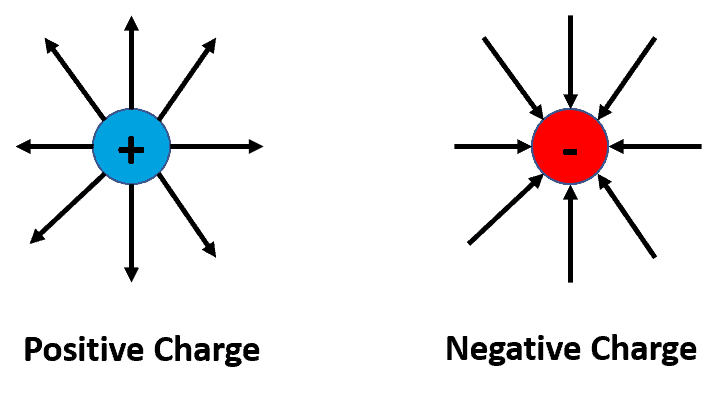
Electric field regarding surface charge density formula is given by,
σ=−2 Є0 E
Where,
Є0 = permittivity of free space,
E = electric field.
Electric Field Strength
The electric or Coulomb force F exerted per unit positive electric charge q at that place, or simply E = F/q is used to characterize the strength of an electric field at a certain location. It is a vector quantity, which implies it has a magnitude as well as a direction. Its equation is as follows:
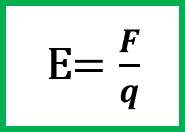
Where F = force acting in newtons and q = charge in coulombs.
Electric Field of a Point Charge
Consider that we have a source charge that is placed in the vacuum. A second test charge (q) is positioned r away from the source charge.
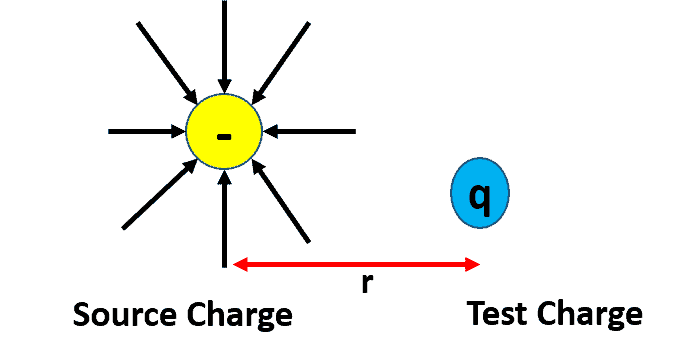
The force acting on the test charge is as follows:

The E.F induced around the source charge is given by the relation

Surface Charge Density- Key Points
- Charge density can be either positive or negative since electric charge can be either positive or negative.
- The charge density at any point is equal to the charge carrier density multiplied by the elementary charge on the particles.
- The electric field of a sphere is a product of the electric field and the surface area of the Gaussian surface
- Electric field units are volts per meter (V/m) and Newtons per coulomb.
- The electric force is the net force on a small, imaginary, and positive test charge.
Electric Current
Electric current is the rate at which negative charges flow through a conductor (current electric).
To put it another way, an electric current is the continuous movement of electrons in an electric circuit. The conducting material is composed of a huge number of free electrons that flow randomly from one atom to the next.
Electromagnetic Force
When a conductor is placed in a magnetic field and current is passed through it, the magnetic field and current interact to produce force. This force is referred to as Electromagnetic force. Fleming’s left-hand rule determines the direction of the current, magnetic force, and flux.
The properties of electromagnetic force are as follows:
- Electromagnetic force adheres to the inverse square law.
- In nature, it may be both attractive and repellent.
- It is a long-distance force.
- The photon is an electromagnetic force field particle.
An electromagnet is a magnet that uses an electric current to produce a magnetic field. The magnetic field vanishes when the current is switched off. The Lorentz force refers to the total electromagnetic force F acting on a charged particle and its equation is as follows:
| = | force | |
| = | electric charge | |
| = | external electric field | |
| = | velocity | |
| = | magnetic field |
Important Links
Magnetic field | Definition & Facts | Britannica
Electric Current Definition and Explanation
Electric Field Units
Electric Field of Sphere of Uniform Charge
How to Find Instantaneous Velocity
Can Displacement be Negative?
Crest of a Wave| Wave Properties| Easy Key Points
Centripetal Acceleration| 9- Easy Examples
Summary:
- Surface charge density (σ) is the quantity of charge per unit area
- It is measured in coulombs per square meter (C•m−2)
Frequently Asked Questions
1. What is Biot Savart Law?
The Biot Savart Law is a mathematical formula that defines how a continuous electric current produces a magnetic field. It relates the magnitude, direction, length, and closeness of the electric current to the magnetic field. Biot–Savart law is compatible with both Ampere’s circuital law and Gauss’s theorem.
2. What is the Potential Difference?
The potential difference between two places in a circuit is the difference in the amount of energy that charge carriers have. The quantity of current multiplied by the resistance equals the potential difference (also known as voltage).
3. What is Direct Current?
Direct current is the unidirectional flow of electric charge (DC). In electrical engineering, the word DC refers to power systems that have just one polarity of voltage or current and a constant, zero-frequency, or slowly changing local mean value of voltage or current.
4. What’s Alternating Current?
The flow of electrons in an alternating current (AC) changes direction at regular intervals or cycles. Power lines carry alternating current, and traditional home electricity comes from a wall outlet.
5. What is magnetic permeability?
The resistance of a material to a magnetic field, or the amount to which a magnetic field may permeate through a substance, is measured by magnetic permeability.
6. What is surface charge density?
Surface charge density (σ) is the amount of charge per unit area, measured in coulombs per square meter (C⋅m−2), at any point on a two-dimensional surface charge distribution.
7. What is ampere’s law?
According to Ampere’s law, the integral of magnetic field density (B) along an imaginary line is equal to the product of free space permeability and current enclosed by the path.
8. What are quarks in physics?
In physics, quarks are the fundamental building units of matter. They are most typically found inside protons and neutrons, the particles that form the nucleus of every atom in the universe. Based on present experimental findings, quarks appear to be really basic particles that cannot be further subdivided.
9. What is the ability to do work called?
Energy is the ability to do work, and work is the movement of anything against a force, such as gravity.
10. What is linear motion?
Linear motion is a one-dimensional motion along a straight line that can be represented mathematically with only one spatial dimension.
More Interesting Topics
- BCl3 Lewis Structure in four simple steps - November 1, 2023
- PH3 Lewis Structure in four simple steps - October 8, 2023
- PF3 Lewis structure in four simple steps - September 24, 2023

